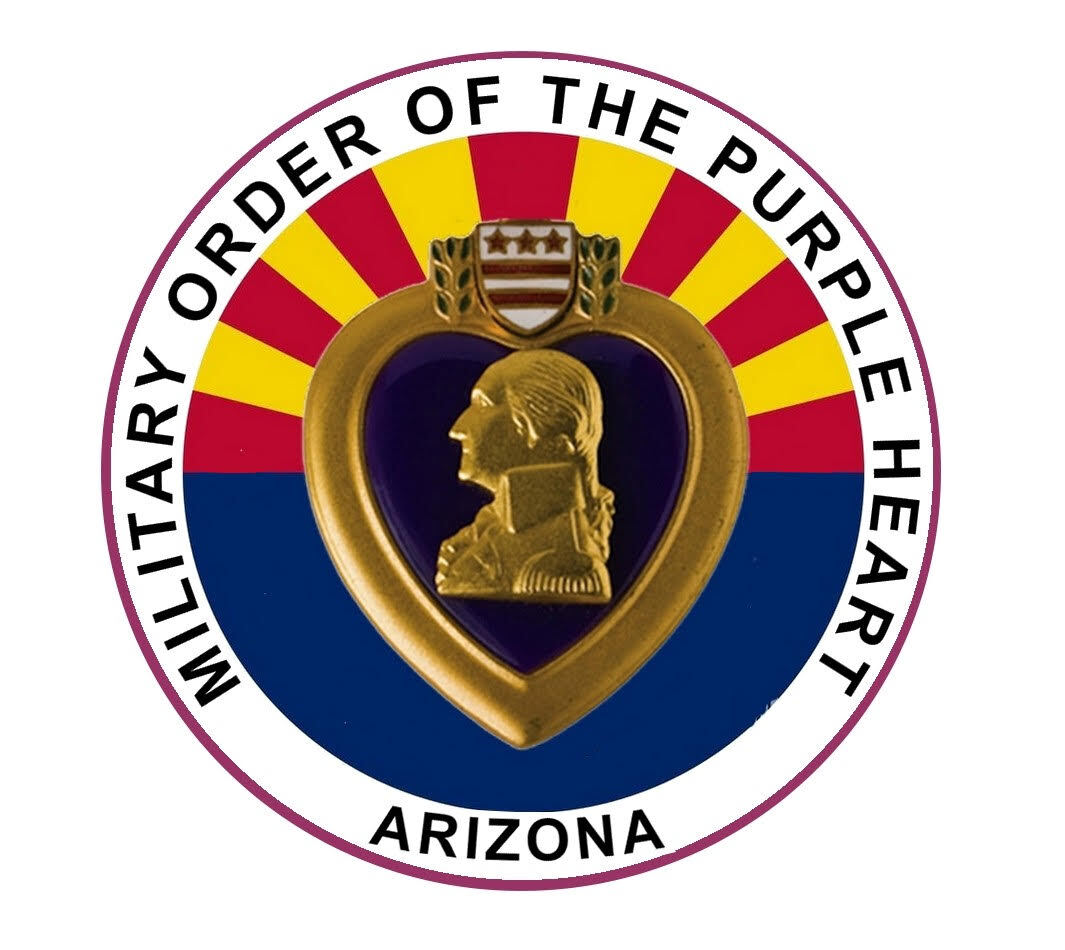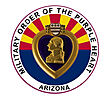The History of the Purple Heart
Honoring the Wounded and Fallen Heroes of the United States Armed Forces
A Combat Decoration
The Purple Heart is awarded to members of the United States Armed Forces who are wounded by an instrument of war in the hands of the enemy. It is also awarded posthumously to the next of kin of service members killed in action or who die of wounds received in combat. Unlike medals for heroism or service, the Purple Heart is specifically a combat decoration; a solemn recognition of the physical price paid in defense of our country.
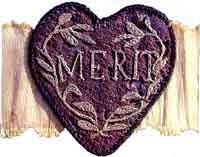
Origins: The Badge of Military Merit
The Purple Heart is the oldest military decoration in the world still in use and was the first American award made available to the common soldier. Its origin goes back to the Revolutionary War and to one of the most revered figures in American history — General George Washington.
While often remembered as a stoic and dignified leader, Washington deeply cared for his troops. He was known to kneel in prayer for the country and for the men who served it. During the war, he often promoted soldiers and commissioned officers as a reward for bravery and service. But in the summer of 1782, the Continental Congress ordered him to stop. The war effort had drained resources, and there were no funds left to pay soldiers or issue commissions.
Undeterred, Washington sought another way to honor those who had shown exceptional service. On August 7, 1782, he issued General Orders that established the Badge of Military Merit.
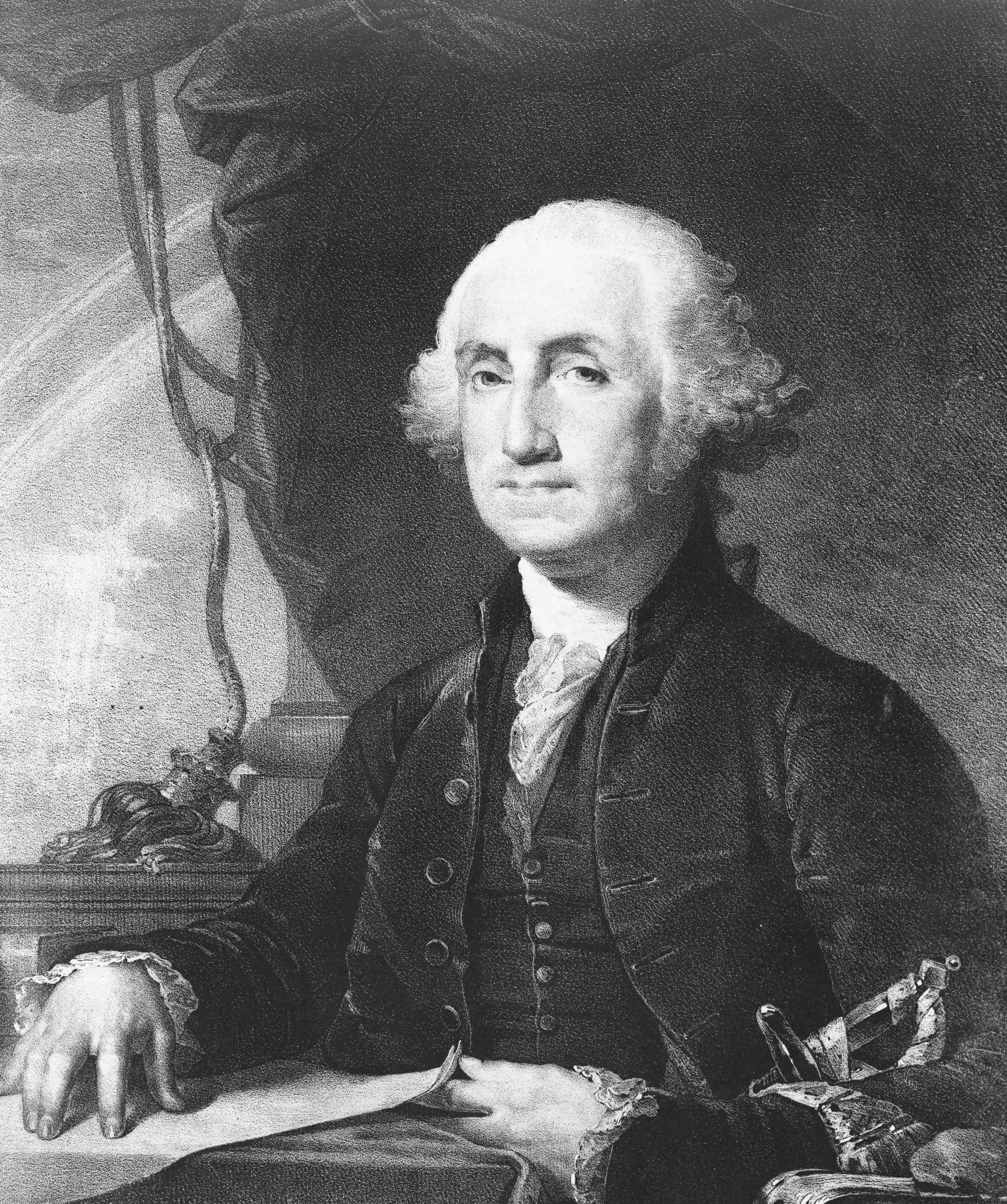
His order reads in part as follows:
“The General, ever desirous to cherish virtuous ambition in his soldiers as well as foster and encourage every species of military merit, directs that whenever any singularly meritorious action is performed, the author of it shall be permitted to wear on his facings, over his left breast, the figure of a heart in purple cloth, or silk, edged with narrow lace or binding... The road to glory in a patriot army and a free country is thus open to all.” Source
This early version of the Purple Heart was retroactive to the start of the war and was meant to be permanent.
The First Recipients
Sergeant Elijah Churchill
2nd Regiment, Light Dragoons
In November 1780, Churchill led 16 men behind enemy lines to successfully destroy British fortifications at Coram, New York — burning 300 tons of hay, a British schooner, and capturing 50 prisoners. He followed that with a swift and successful raid on Fort Slongo in October 1781, capturing the fort without a single American loss.
Sergeant William Brown
5th Connecticut Regiment
On October 14, 1781, Brown led a bayonet-only assault against British positions at Yorktown, Virginia. His unit overcame enemy gunfire and grenades, driving the British from their defenses in just 15 minutes.
Sergeant Daniel Bissell
2nd Connecticut Regiment
Bissell spent over a year (August 1781–September 1782) posing as a British soldier. The intelligence he gathered helped the American and French forces prepare for the attack on New York City.
Forgotten — Then Revived
After the Revolutionary War, the Badge of Military Merit faded into obscurity as the Continental Army disbanded. It would not return until 1932 — 150 years later — on the bicentennial of Washington’s birth.
On February 22, 1932, the War Department revived the decoration as the modern Purple Heart. General Douglas MacArthur, then Army Chief of Staff, oversaw the revival.
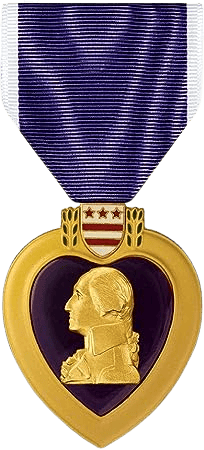
The Modern Medal
The Purple Heart’s modern design was created by Elizabeth Will of the Office of the Quartermaster General. No longer made of cloth, the medal is a gold-bordered heart of deep purple. It features the profile of George Washington in the center, and the Washington family coat of arms above — believed to be the inspiration for the stars and stripes of the American flag.
The Military Order of the Purple Heart
In the same year the medal was revived, an organization was born to carry on its legacy: the Military Order of the Purple Heart (MOPH). Founded in 1932, it exists to protect the interests of all recipients of the award and to ensure that those who have shed blood in combat are never forgotten.
MOPH is the only congressionally chartered veterans service organization composed exclusively of combat-wounded veterans.Its mission is to provide support, camaraderie, advocacy, and service to members and veterans across the nation.
